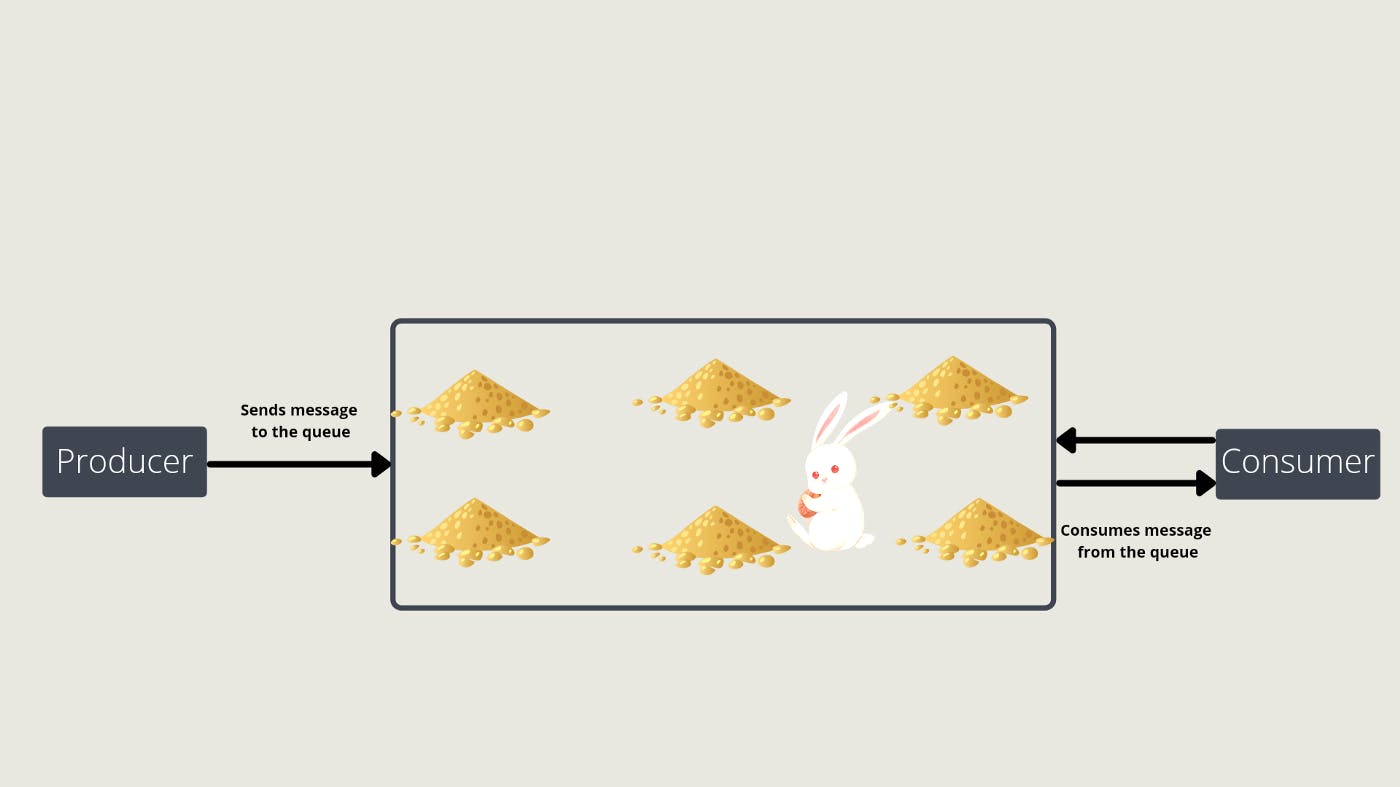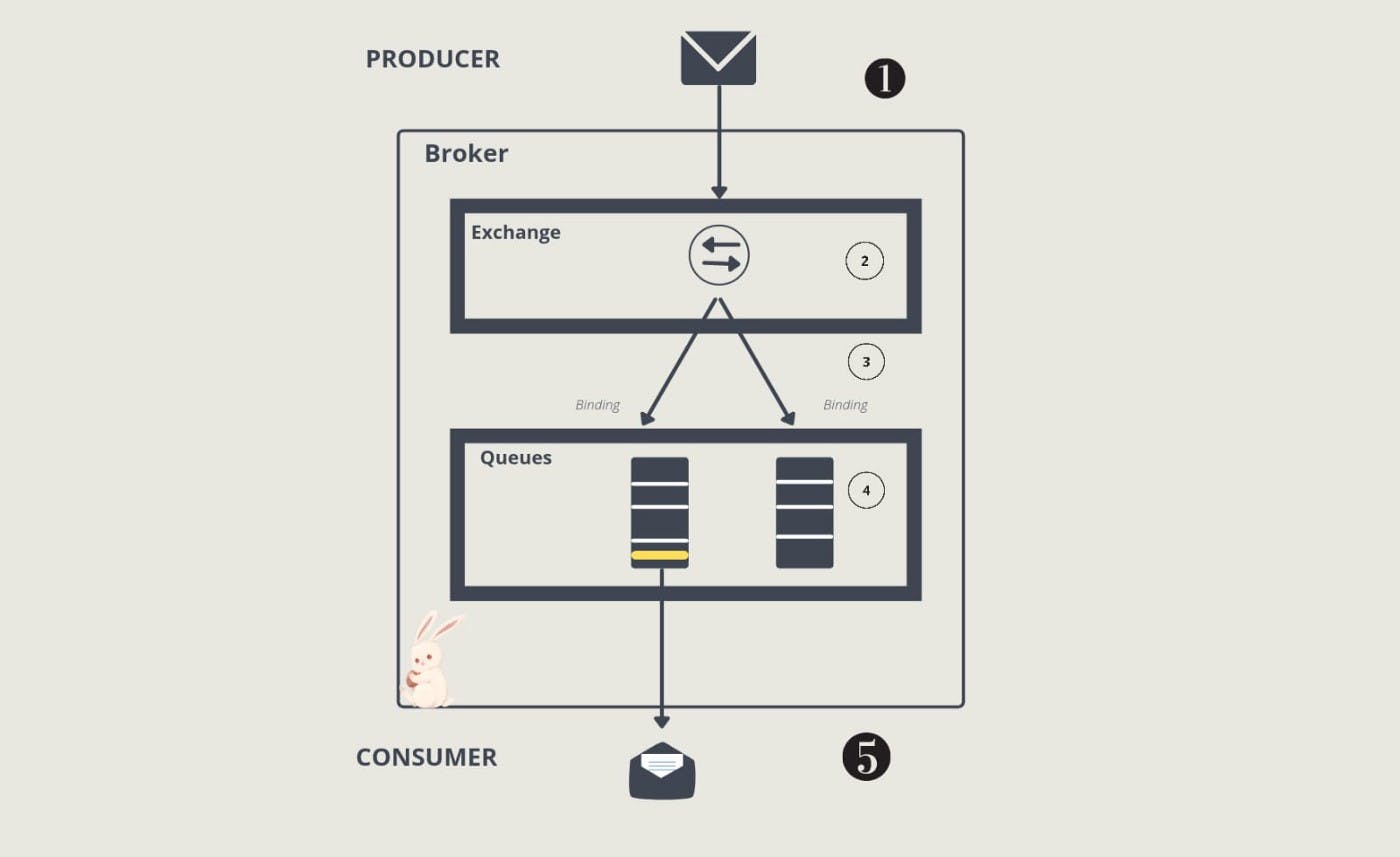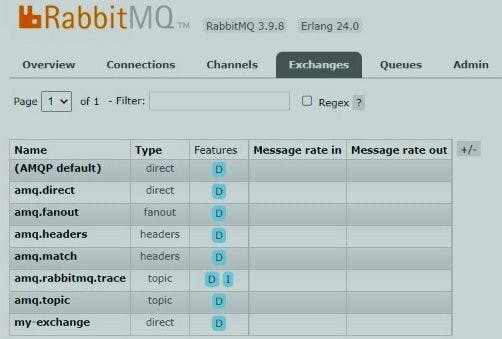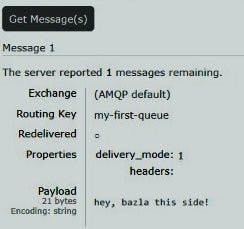Growing a farm of rabbits : Managing message flow, scalability & communication across multiple services with RabbitMQ
Is it easy to scale processes? Scalability and stability give a competitive edge because what we as consumers expect is instant results and stable systems. Message queues can be used to link and grow software applications.They enable asynchronous communication between two systems with differing levels of productivity.
Queuing systems give these services a way to interact by exchanging or moving data in the form of armour from one point (source) to another (a destination). This might happen inside the same application/process or across other services.
Message brokers are tools that facilitate apps to interact with one another using a queuing system. They act as a form of temporary or intermittent data storage, preventing data loss. These systems can function as a publisher/subscriber system, with one application or process serving as the publisher that produces messages and the other serving as the subscriber that consumes the same.
How does RabbitMQ spring to picture?
RabbitMQ is a popular Erlang-based open-source message queuing application. RabbitMQ is lightweight and straightforward to deploy on-premises and in the cloud, according to it’s website. We can use RabbitMQ to create queues, send messages to them, and then consume messages from them.

In a real-world scenario, we may use RabbitMQ’s capabilities by creating a queue, sending messages to it via an exchange, and then consuming messages from it. But, how does RabbitMQ work?
How RabbitMQ works?
Several firms use RabbitMQ as a message broker with the AMQP implementation since AMQP is the primary protocol. It’s a protocol that’s mostly used in message-oriented middleware. Message orientation, queuing, dependability, security, and routing are just a few of the key advantages it offers.

The following are the three RabbitMQ entities:
Exchange
Binding
Queues
Messages published by a publisher are first received by the Exchange in RabbitMQ, and then message copies are distributed to Queues via Exchanges. Bindings are rules that are used to deliver relevant messages to the proper queues.
Exchanges in RabbitMQ
Messages from producers are received by an exchange, which then sends them to queues.
First Queue
Binding exchange with queue
Between an exchange and a queue, a binding can be established. Under bindings, you can see all of the queue’s current bindings. You may also unbind a queue from an exchange or create a new queue binding from here.
Since Queues are consumer facing, it’s crucial that the Exchanges route messages to the appropriate Queues, and Bindings play an important role in this. Messages can be sent to the ultimate customer or consumers can retrieve messages from Queues once they reach them.
Publishing message
A publisher can pass attributes along with a message when publishing it.
Message consumed
Queue when a message is published
In case of failure
What happens if a message isn’t delivered to the receiver? This might happen as a result of a network or application outage. AMQP has a delivery acknowledgement system in place to alleviate this issue. As a result, until we receive a favorable acknowledgement from the customer, a message will remain in the Queue. In the case of a negative acknowledgement, the message can be resent or discarded, based on the publisher’s configuration settings at the time of sending the message.





